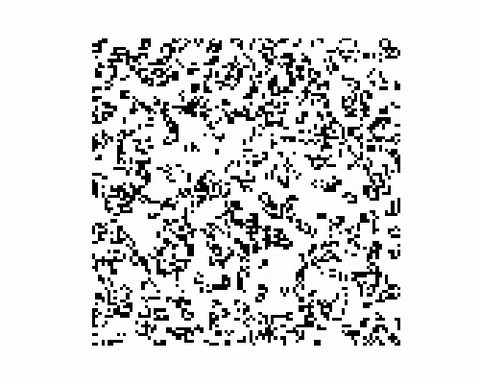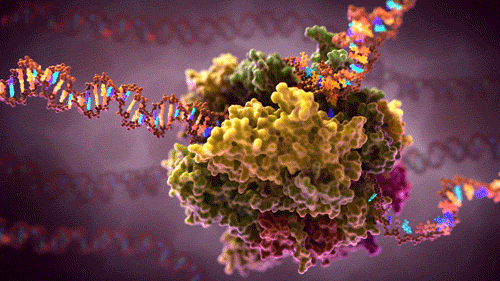Cellular Automata and Field Theories (rough draft)
Cellular automata are simple computational models from which immense complexity can emerge. Surprisingly, phenomena in a simple system such as conways game of life are strikingly similar to phenomena in real life physics.

Quantum field theories show that all the particles we know and love aren’t really discrete objects, but actually just patterns which happen to emerge from a small, fundamental set of rules. These “particles” are merely fluctuations of quantum fields. What does this mean? It means they are distributed over space rather than existing at a single point, can phase in out of existance, and interact with other particles to create entirely new particles. This becomes much easier to understand by thinking about the fields as cellular automata!
If particles are just flucuations of a field, how can they persist in time and move through space? Lets consider conways game of life. It turns out that even in this simple system, particles exist!
In the world of cellular automata, particles have been given a different name even though they refer to the exact same concept - gliders (sometimes also called spaceships). Just like particles in physics, these are entites which persist in time and propogate through space.
Here’s an example:

Just like particles in the real world, gliders can interact with each other. Gliders can bounce off of each other, annihilate with each other, and even create new types of gliders. With so many complex interactions, how can we organize and classify them all? Real life particles also do all of these things, and because physicists care deeply about modeling their interactions, they invented a system to visualize and quantify them. These are called feynman diagrams!

To link the concept of feynman diagrams and cellular automata consider:
- Lines: particles <–> gliders
- Intersections: particle interactions <–> glider interactions
A catalog of gliders:

Is similar to a table of particles:

Both real physics and cellular automata have elemental and composite entities.
You can use fundamental gliders to build complex machines, computers ect. And you can use fundamental particles to build hadrons, atoms, molecules, organisms, machines ect.

<–>

The rules/laws of real life physics are much more complex than those in conways game of life, however they seem to host a surprising similar set of phenomena!
leftover notes:
It’s important to note that despite the similarities, the discrete set of cells and states in cellular automata are not the same way fields are “quantized” in quantum mechanics.
CA as physics
Particles are emergent from field theories
Particles are gliders
Feynman diagrams capture the interactions of particles/gliders
S-matrix describes interactions
neural ca as learnable models with built-in locality/symmetries
example with particle system
Locality is a great for compuation, but entanglement throws a wrench in this assumption.